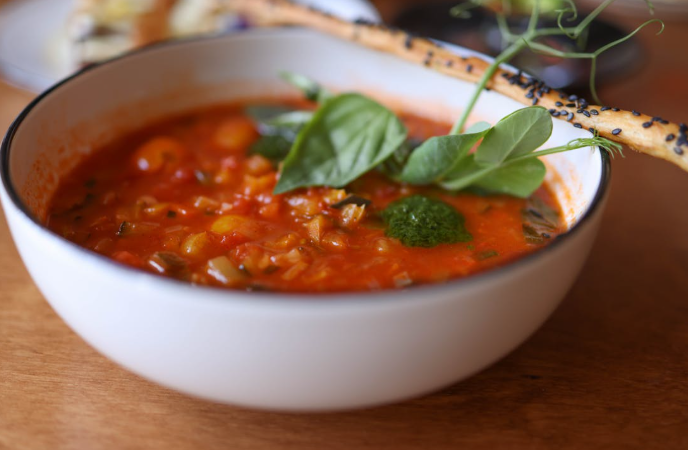By: Shaun Chornobroff SC Daily Gazette
COLUMBIA — Widening shoulders and increasing visibility along more than 400 miles of primary roads in rural areas has significantly reduced the number of life-threatening car accidents in the state, the secretary of the state Department of Transportation said this week.
Justin Powell, who has been leading the DOT for almost a year, told the agency’s governing board Thursday the improvements have reduced serious and fatal car accidents by 20%.
The measures are part of the Rural Road Safety Program, one of the pillars of the department’s 10-year-plan set in 2017 when lawmakers passed legislation that raised the state’s gas taxes and other fees to fund the repair of the state’s roads and bridges.
“This program is one of the most impactful things we do because I feel that our work is leading to people being able to go home at the end of day,” Powell told the SC Daily Gazette in a phone interview after the Thursday meeting.
He added that increased highway patrol presence and efforts from other departments have been crucial to dropping the rate as well.
South Carolina has the highest fatality rate on non-interstate, rural roads in the nation, according to a report from The Road Information Program, a nonprofit transportation research group, that evaluated 2022 statistics.
As of March 7, the department had removed trees, added rumble strips and brighter signs, and widened shoulders, among other fixes, along more than 417 miles of rural roads in the state.
The state has an additional 700-plus miles that are either in the process of being improved or are contracted.
Powell said he was confident the DOT would meet its objective of having 1,300 miles completed or under construction by the end of 2027, saying the program has been aggressive in initiating projects.
He said the Rural Road Safety Project has spent nearly $500 million since 2017.
The department has $50 million annually dedicated to the program and had $96 million in one-time funds allotted in last year’s budget. Powell told DOT commissioners that $66 million of the nonrecurring money had been contracted.
The roads being targeted by DOT are high-traffic rural roads that have accounted for 30% of serious crashes despite making up only 5% of rural roads in the state.
These streets are often worn down and might not have clear road markers, Powell said. That means it’s easier for people to swerve out of their lane, which is how the highest number of rural road accidents occur, he added.
Ensuring that road markers are clear and new, as well as laying down bump strips are a pair of measures that Powell told the SC Daily Gazette have been effective.
Crashes from a vehicle leaving roads all together have gone down more than 40% in areas that have been treated, according to DOT.
“Anything we can do to keep their attention on the lane,” Powell said.
The law that started the Rural Road Safety Program also created parallel efforts for bridges and interstates, as well as paving around South Carolina.
Goals for those programs are also on track to be met as well, Powell said.
The department’s Momentum 2050 Plan that aims to modernize roadways and bridges and ease congestion as South Carolina’s population continues to rise was approved Thursday.
The program will cost more than $3 billion annually, according to the presentation given during the meeting.
DOT will have to make up a nearly $1 billion gap to meet that price, Leah Quattlebaum, the deputy secretary for planning explained during the meeting.
Despite that hurdle, the plan was applauded by multiple commissioners during the meeting.
Each of South Carolina’s seven congressional districts has its own DOT commissioner and there are two at-large appointees from the governor. One of the at-large spots is currently vacant.
“It’s so nice in South Carolina we have plans we’re proud of,” said Max Metcalf, commissioner in the fourth district that is made up of parts of Greenville and Spartanburg Counties. “We feel like we’re focused and we can get this accomplished. … That gives us the ability to go out and talk to people and say ‘we got something.’”
Sign up for our Sunday Spectator. Delivered to your inbox every Sunday, with all the news from the week.















